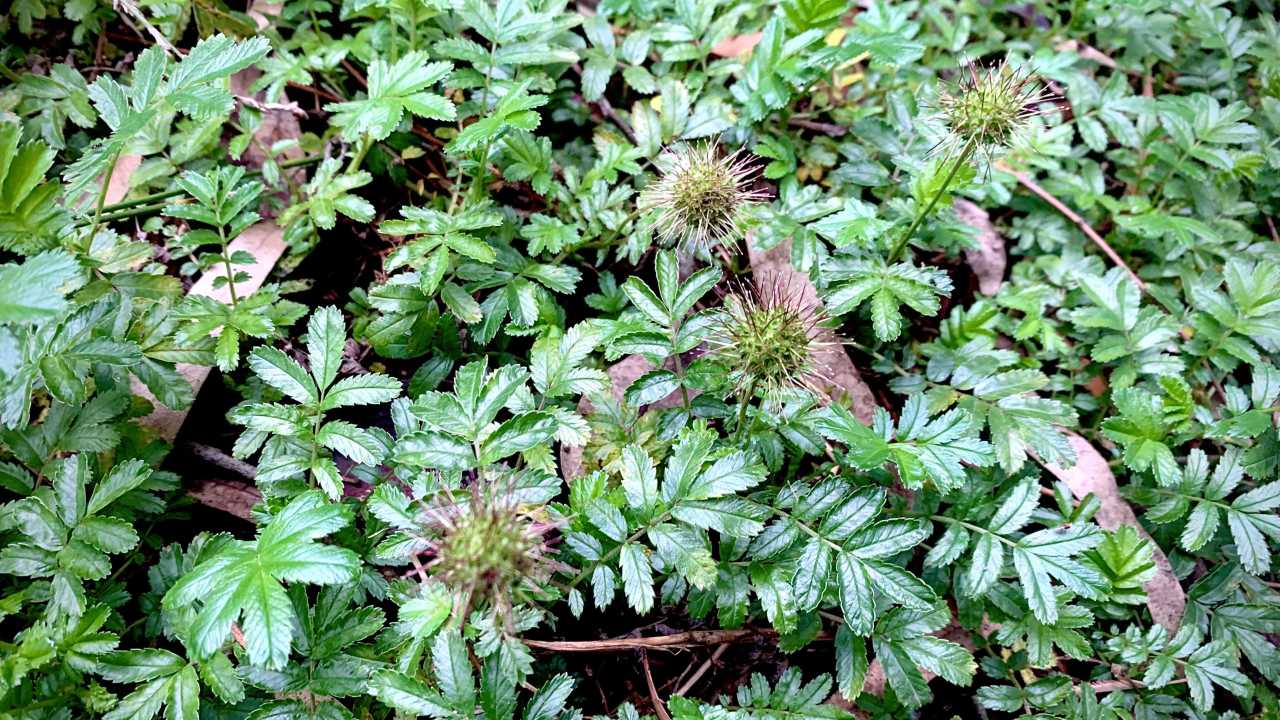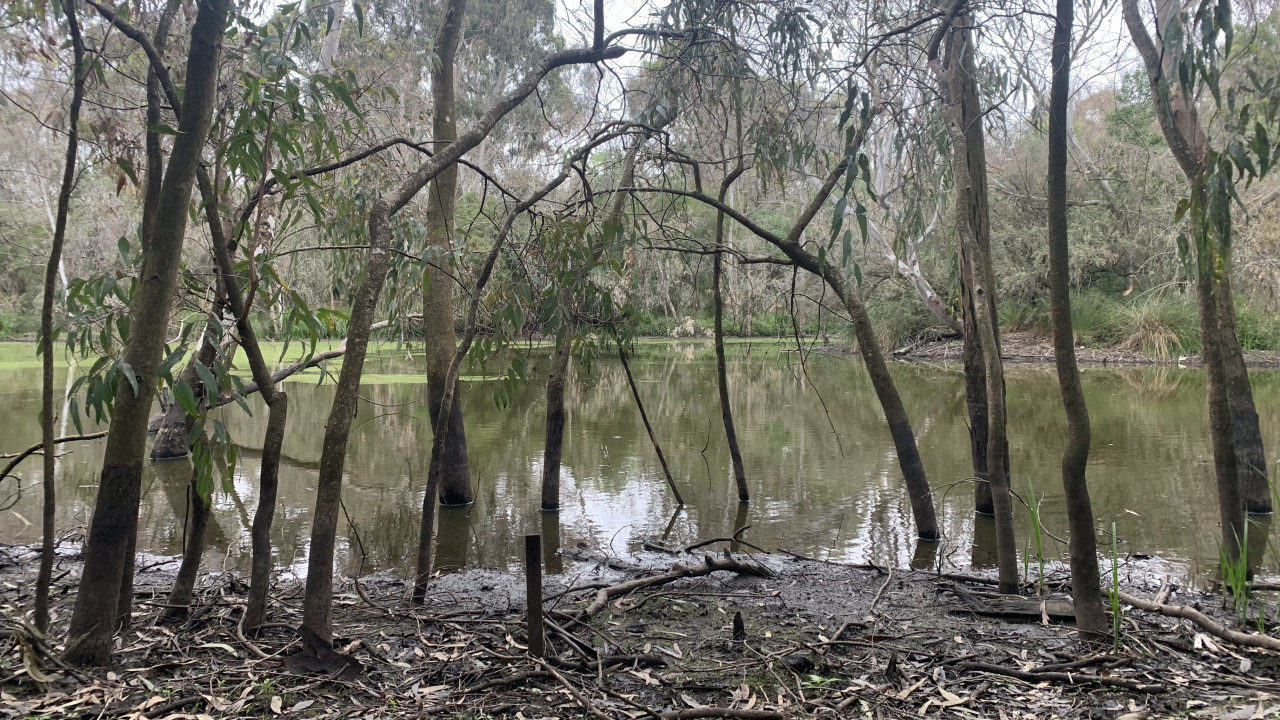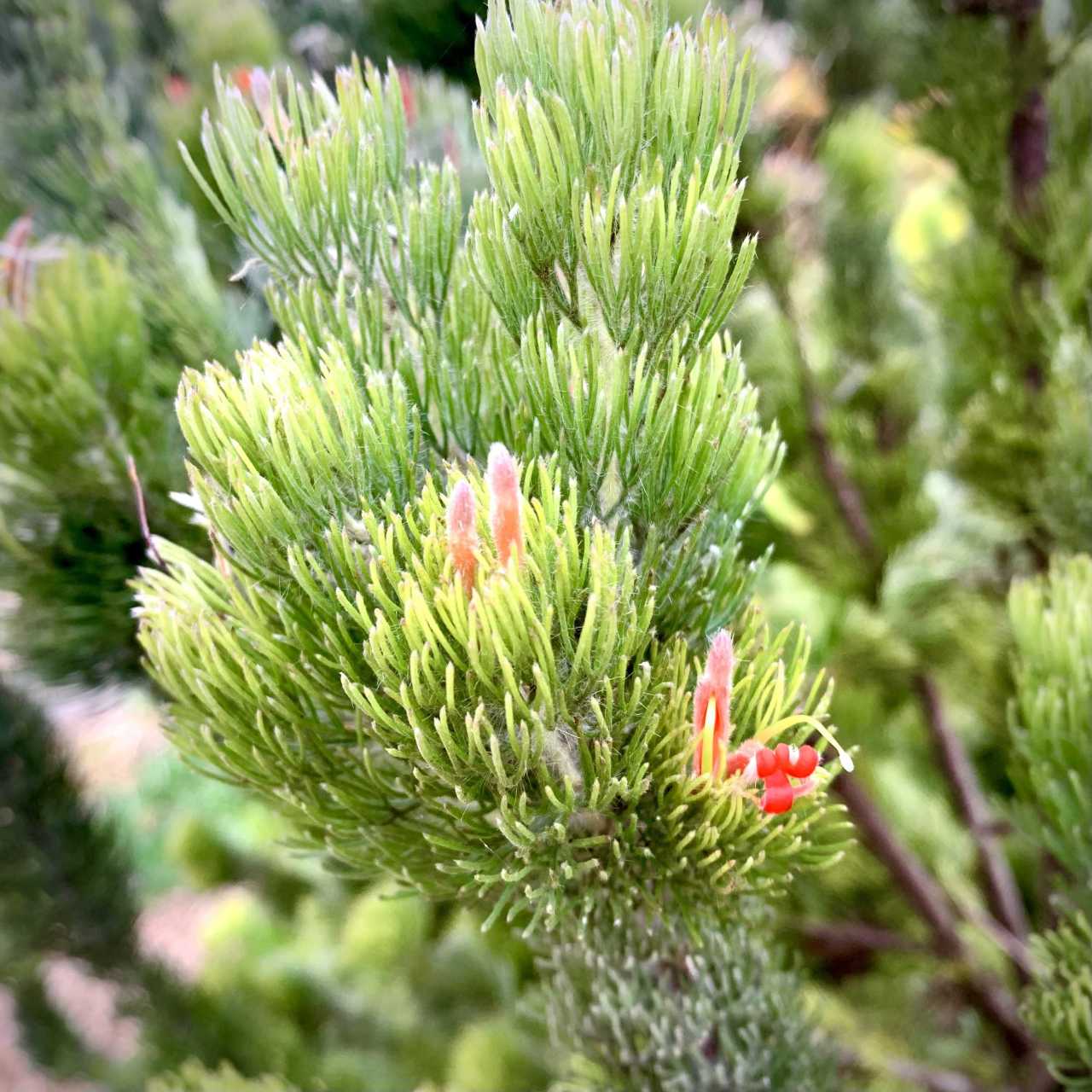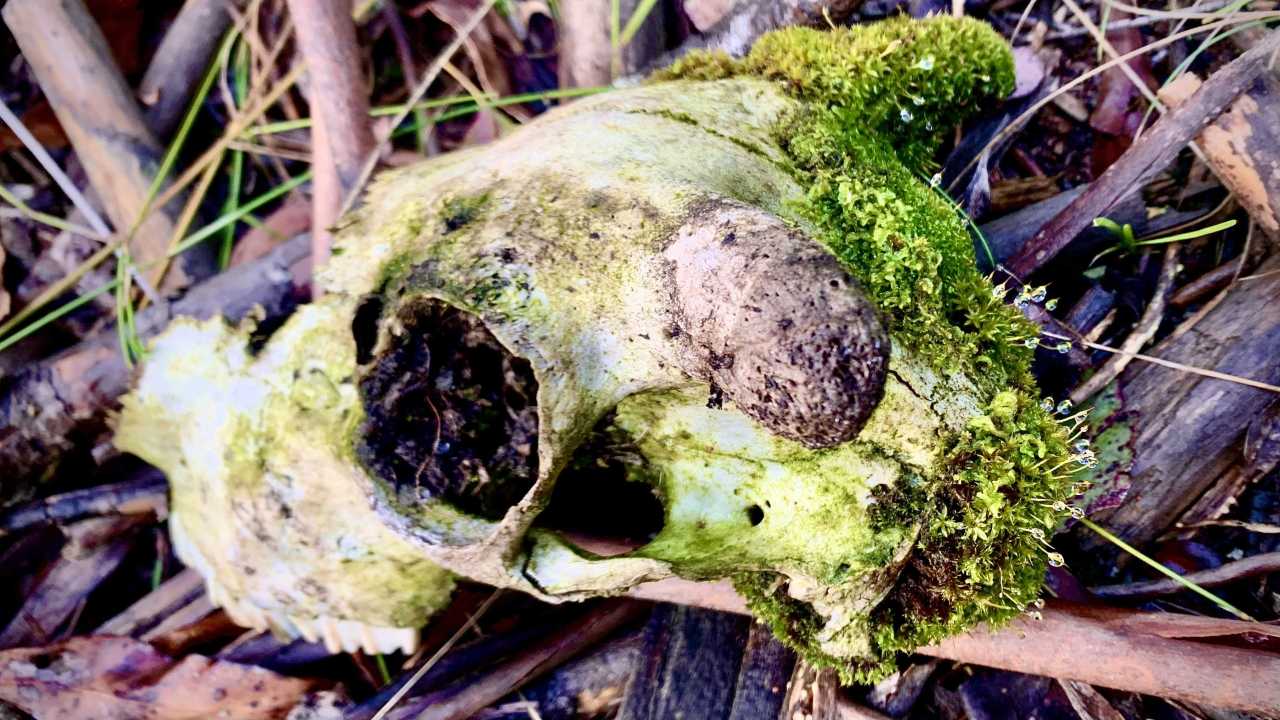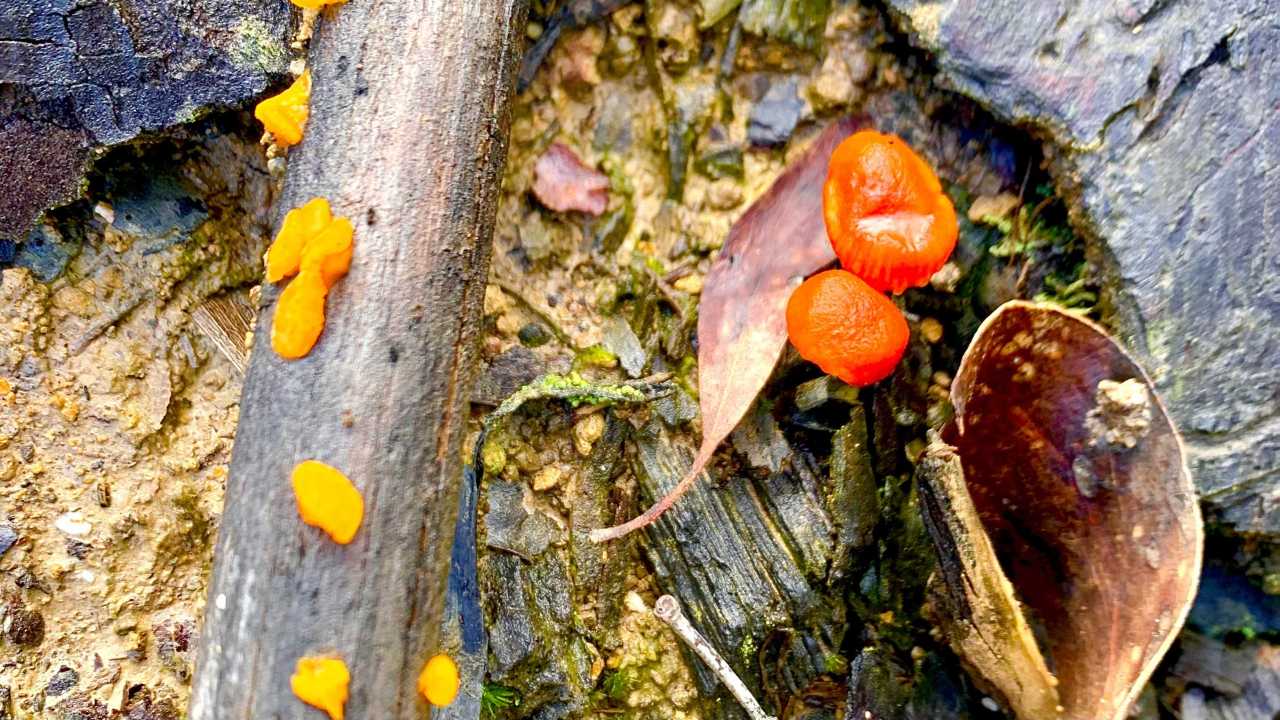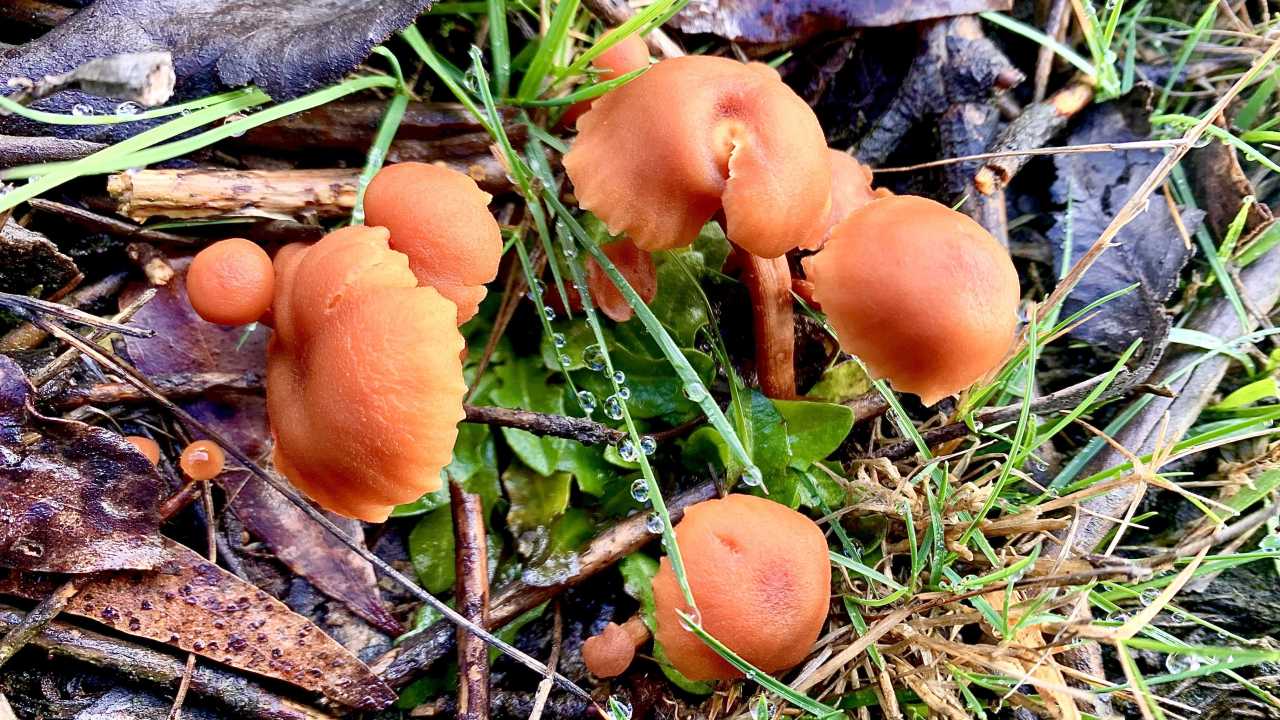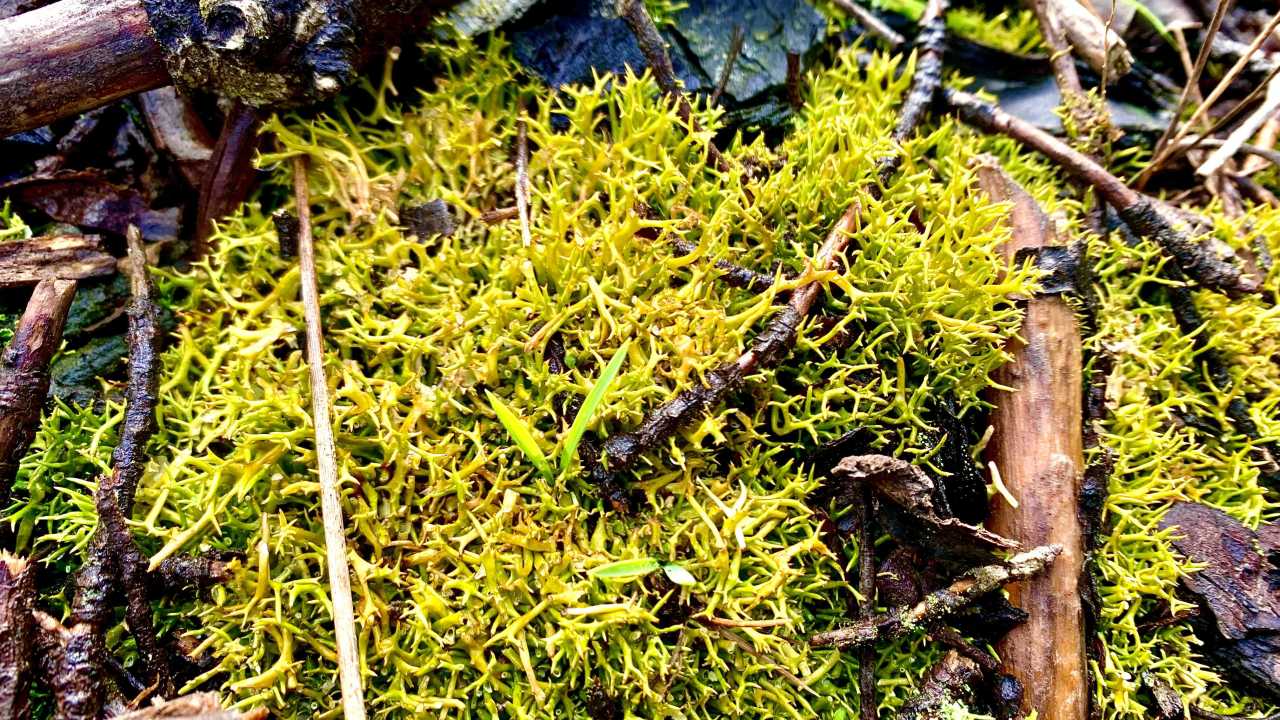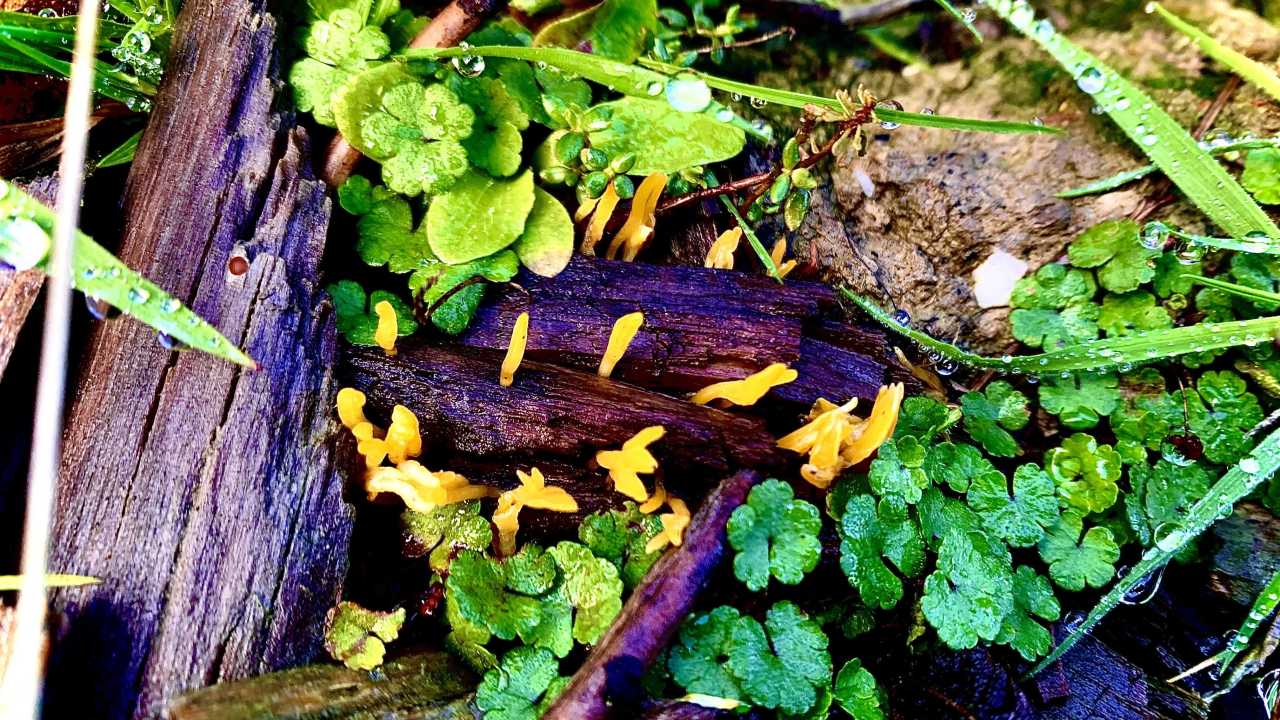Pinned Items
Recent Activities
-
Stream item published successfully. Item will now be visible on your stream.
-
Stream item published successfully. Item will now be visible on your stream.
-
mikedesousa commented on this post about 2 monthsRecently been working on a new website that users can use to showcase and hopefully give away their plants. This site uses a tech stack that I'm planning to use to rebuild Echo Active... Coming to an internet near you soon!Post is under moderationStream item published successfully. Item will now be visible on your stream.
-
First time a species has been downgraded from extinct in the wild to endangered.. There’s still hope! #scimitarhornedoryx #restorationPost is under moderationStream item published successfully. Item will now be visible on your stream.
-
Stream item published successfully. Item will now be visible on your stream.
-
Post is under moderationStream item published successfully. Item will now be visible on your stream.
-
Fascinating study! Urban animals that thrive in our cities are smarter than their rural counterparts. Are they evolving to be smarter? #noisepollutionPost is under moderationStream item published successfully. Item will now be visible on your stream.
-
Sadly, billions around the globe will never experience the awe of looking up at the galaxy and beyond #lightpollutionPost is under moderationStream item published successfully. Item will now be visible on your stream.
-
Found this WA native at CERES in Brunswick the other day. So fluffy and beautiful! #plantsofwa #woolybush #trees #ceresbrunswickPost is under moderationStream item published successfully. Item will now be visible on your stream.
-
Took some happy snaps out in the pine plantations the other day #mushrooms #moss #wombatstateforest #centralvictoriaauPost is under moderationStream item published successfully. Item will now be visible on your stream.
No posts yet

